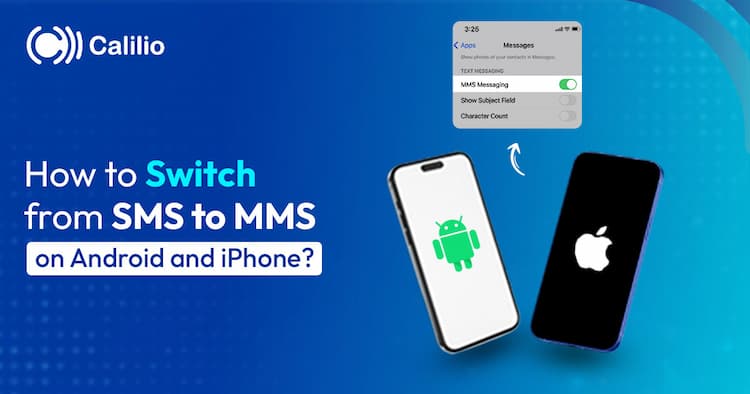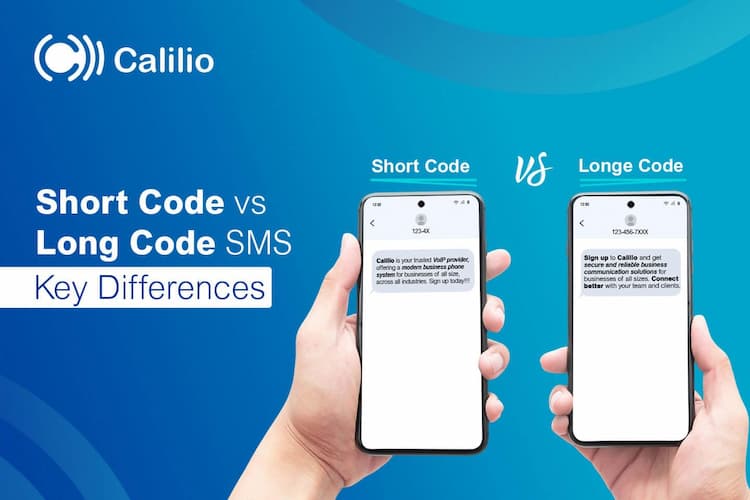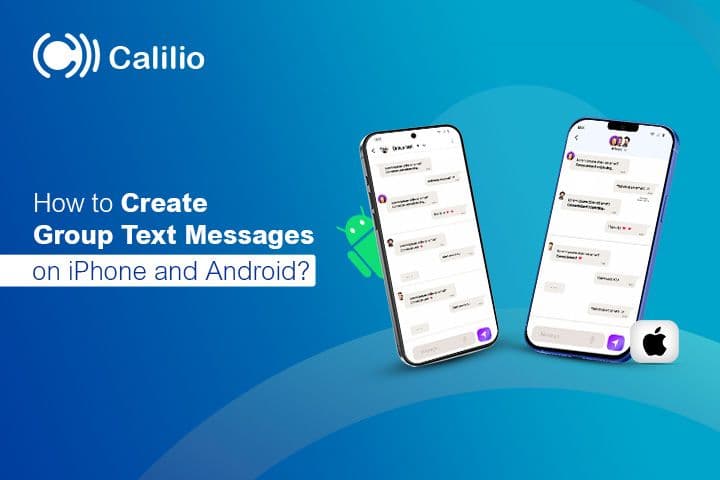What Is a Hunt Group and How Does It Optimize Call Distribution?

When you have a business that receives numerous calls in a day, how do you manage to attend every call?
In businesses, especially those with high call volumes, managing incoming calls can become chaotic if all calls are directed to a single person or phone. It leads to missed calls, slow response times, and inefficiency in customer service.
A hunt group is a smart way to manage incoming calls efficiently by distributing them across a group of phones. It simplifies call management, reduces wait times, and ensures calls are handled smoothly across a team or department.
Highlights:
- Hunt Group efficiently routes inbound calls to the group of numbers in a business.
- Calls are routed in linear, circular, or simultaneous patterns.
- The Hunt Group reduces wait time, improves call answering, handles large calls, and reduces employee stress.
- Calls will be forwarded to voicemail or other predetermined destinations if the members are unavailable.
What Is a Hunt Group?
Hunt group is an automated phone system feature that distributes incoming calls to a predetermined group of company members in a preset order. The right hunt group setting keeps your line open and ensures that group members address every call immediately. It helps you optimize your phone system, decreasing the possibility of missed calls.
For example, a customer calls a company's main phone number for a sales inquiry. Hunt Group automatically routes calls to the available sales representatives until someone answers the call.
Types of the Hunt Group
Hunt group type depends on how calls are routed among the group members, such as linearly, circularly, simultaneously, skilled-based, and longest ideal hunt group.

1. Linear Hunt Group
In a linear hunt group, calls are routed in a fixed order and move sequentially down the list until someone answers the call. It is suited for small to medium-sized teams where workload imbalances won’t significantly impact operations.
2. Circular Hunt Group
The circular hunt group, or round-robin, remembers which member answered the last call and starts the next call with the next person in line. The process is repeated in a loop to ensure an even call distribution among all group members.
3. Simultaneous Hunt Group
In a simultaneous hunt group, the group's phones all ring simultaneously, and whoever answers the first handles the call. It is best suited for quick response and a small team.
4. Skill-based Hunt Group
Skill-based hunt group routes the incoming calls to the member with specific skills, expertise, or qualifications that can address customers' concerns efficiently. It suits companies that provide specialist services or multilingual support.
5. Longest Idle Hunt Group
The longest idle hunt group directs incoming calls to the agents who have been idle or have attended fewer calls than others. It helps balance workloads, improve efficiency, and promote fairness.
How Do Hunt Groups Optimize Call Distribution?
Hunt Group handles inbound calls by directing them to the right member in a predetermined order. The members in a group are added by the administrator using your phone extension.
Here is a breakdown of how the hunt group works:
- Incoming call to hunt group number: When a caller calls a call center's number, the system sends it to a hunt group set up for a specific team or department, such as customer support, sales, or tech team.
- Call distribution rules: Once the hunt group receives a call, it follows the routing method to forward calls to the group members. The calls are assigned according to preset rules, such as linear, circular, simultaneous, longest ideal, or skill-based order.
- Availability: If the first member the system tries to connect does not answer the call, it automatically moves to the next member in the sequence until someone answers the call.
- Failover options: If all the members in the group are unavailable, the call will be forwarded to voicemail or any other planned destination.

Benefits of Hunt Group
Hunt Group efficiently distributes calls among team members, enhancing team collaboration, faster response times, and fewer missed calls.
- Faster Response: Using the hunt group call strategy, you can assign the call to the most skilled agent in the group, which enables the immediate address of client issues.
- Fewer Missed Calls: Incoming calls are divided among many members rather than routed to a single agent. It reduces busy signals, reduces wait time, and minimizes missed calls.
- Efficient Call Distribution: You can manage a hunt group to determine who receives the calls in what order, allowing equal distribution of calls among the team members.
How to Implement Hunt Group?
You must first have access to a phone system that supports the hunt group. After setting up your account, follow the steps below to set up a hunt group.
- Login to your phone system.
- Navigate to Hunt Group.
- Click on the option to create a new hunt group.
- Add members to the group.
- Give your group a descriptive name.
- Configure business hours and set a response strategy for calls received outside of those hours (e.g., voicemail or forwarding).
- Set up call distribution rules (e.g., sequential, round robin, simultaneous, longest idle) and execute.
Difference Between Hunt Groups and Ring Groups
Hunt and ring groups both route incoming calls to the specific department or team. However, the difference lies in the strategy to route the call. The Hunt Group routes calls to the members sequentially, whereas the Ring Group rings all the phones simultaneously.
Features | Hunt Group | Ring Group |
Call routing | Calls are routed to extensions sequentially or algorithm-based. | Calls are routed simultaneously. |
Workload distribution | There is a fair distribution of calls based on predefined rules. | The quickest person handles the call. |
Complexity | It is more complex to configure. | It is simple to configure. |
Response time | It takes slightly longer to connect a call because it sequentially checks availability based on the configured routing method. | Faster response times, as all phones in the group ring simultaneously. |
Best for | It is best for fair call distribution and specialized teams. | It is best for quick response and a small team. |
Conclusion
A hunt group efficiently manages incoming calls by distributing them to the correct department or agent and providing timely responses. It allows the company to divide calls among the members under preset criteria, which enables effective call allocation, enhances teamwork, and reduces call wait time.
Frequently Asked Question
What is the difference between a hunt group and a call group?
In the hunt group, calls route sequentially based on predefined rules, but in a call group, calls ring to all members simultaneously, and the first to answer handles the calls.
What is the purpose of the hunt group?
The purpose of the hunt group is to ensure that incoming calls are distributed among the employees so that no calls are missed, and the workload is balanced.
How many multiple hunt groups are possible?
The number of multiple hunt groups that can be formed depends on the capabilities and limitations of the phone system or PBX (Private Branch Exchange).
Latest Posts
From the blog
The latest news, technologies, and resources from our team.





